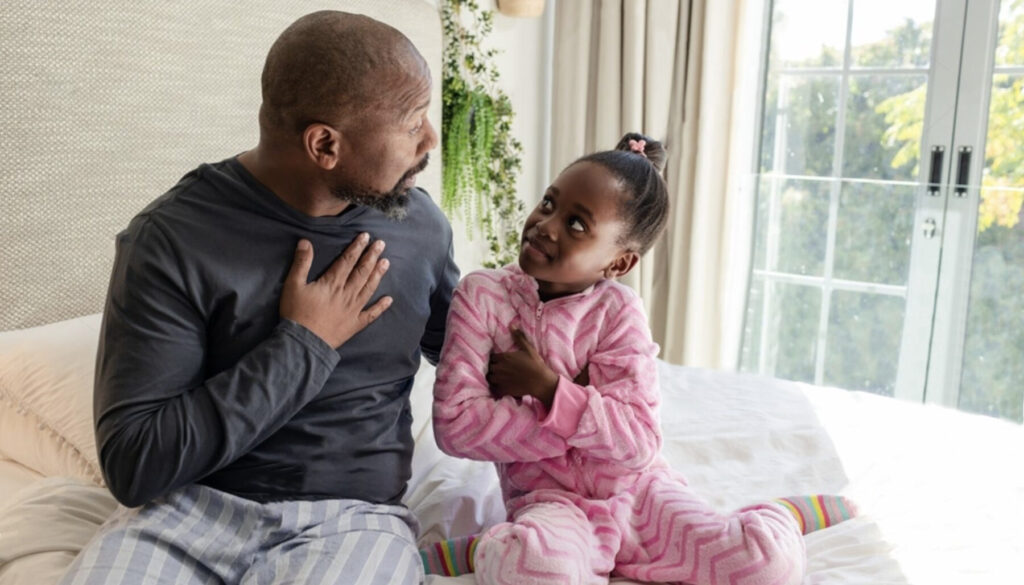Time-Out For Us, Time-In For Our Child

In the busy world of parenting young children, big emotions, both theirs and ours, can show up quickly. The Circle of Security approach reminds us that our children don’t need perfection; they need connection. That’s where the idea of time-outs for us and time-ins for them becomes powerful.
Traditional time-outs often focus on stopping a child’s behavior by sending them away. But young children don’t learn best through isolation; they learn through co-regulation, which means calming with the help of a trusted adult. When a child is having a hard moment, a time-in gives them a safe space with us nearby, showing, “I’m here with you while you figure out these big feelings.” This builds security and teaches emotional regulation through connection, not separation.
At the same time, parents also need space to breathe. A time-out for us is not abandoning our child, it’s a healthy pause to steady ourselves. When we feel overwhelmed, stepping away for a moment helps us return as the calm, safe base our child needs.
Circle of Security teaches that when we are regulated, we can be our child’s secure anchor. Time-ins teach connection. Parent time-outs protect that connection. Together, they create a rhythm of safety, understanding, and emotional growth for both parent and child.
Here’s an example:
Your three-year-old throws a toy after being told it’s time to clean up. You feel your frustration rising.
- Instead of sending them to another room, you take a slow breath and say, “We’re both having big feelings right now. I’m going to take a quick break to calm my body, and then we’ll sit together.” You step aside for a moment to breathe. This is your parent time-out.
- When you return, you gently sit next to your child and say, “I’m here. That was a big feeling. Let’s calm together.” This time-in lets your child know they are not alone with their emotions.
They learn: Feelings are okay, and I have a safe place to go when I don’t know what to do with them.





